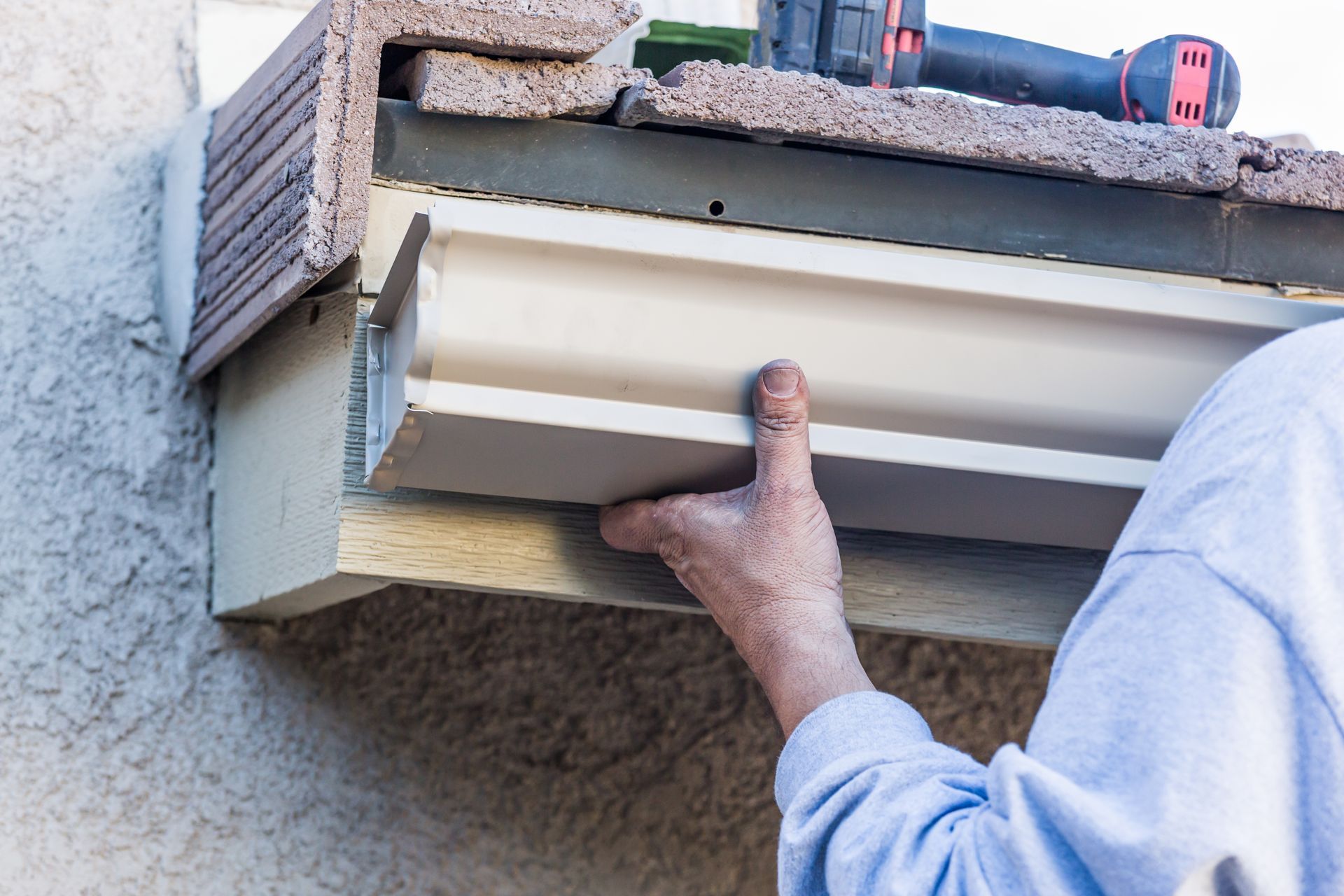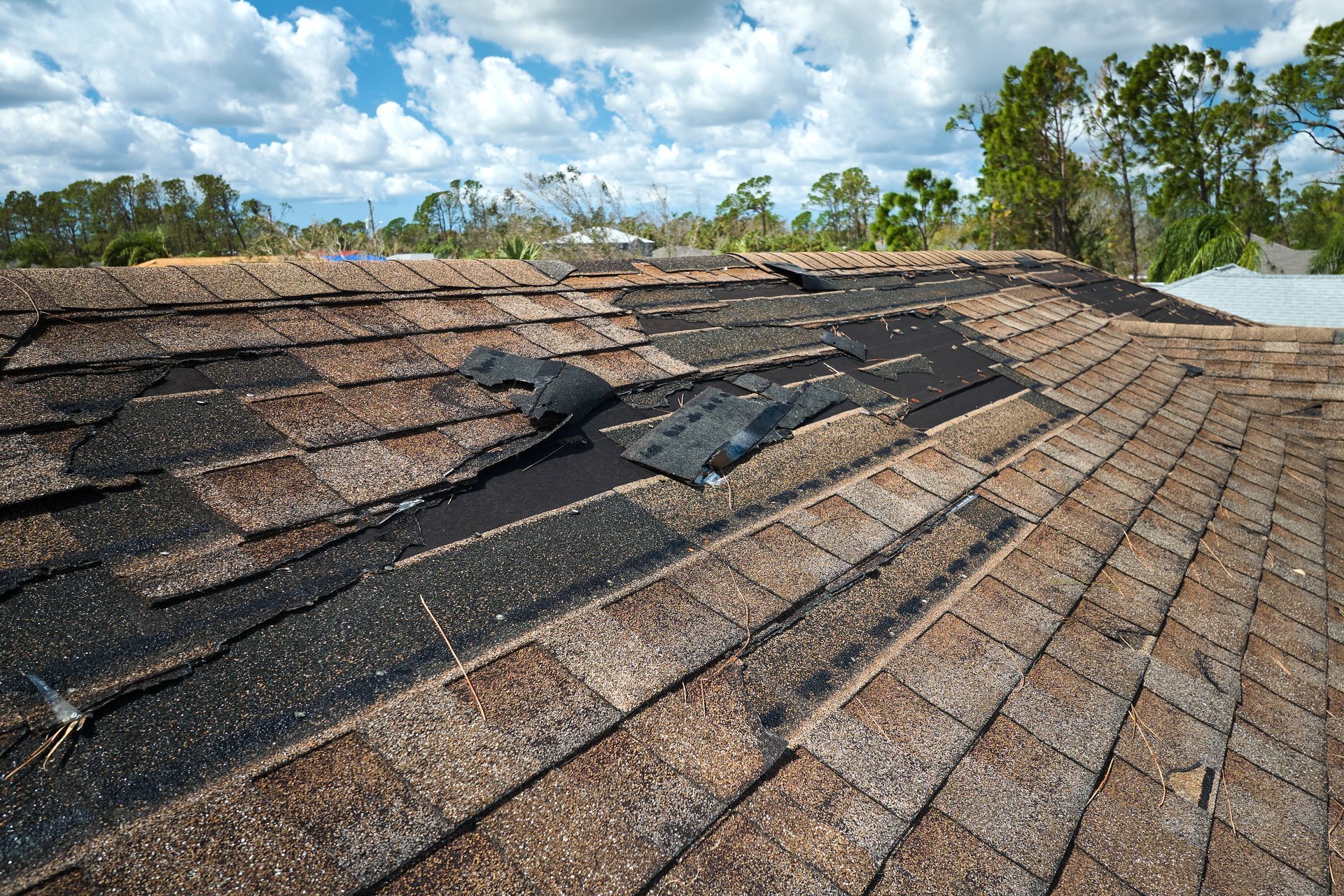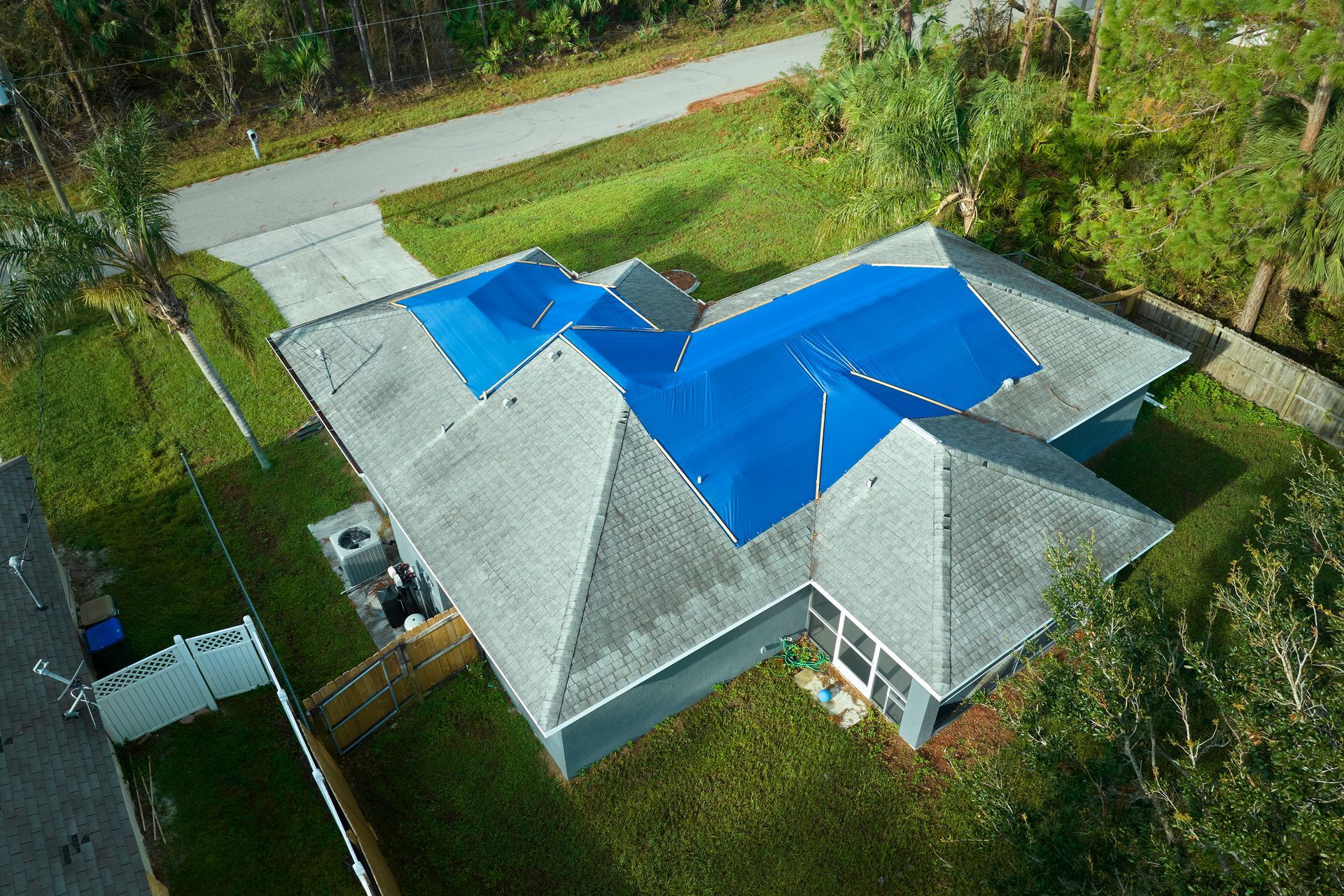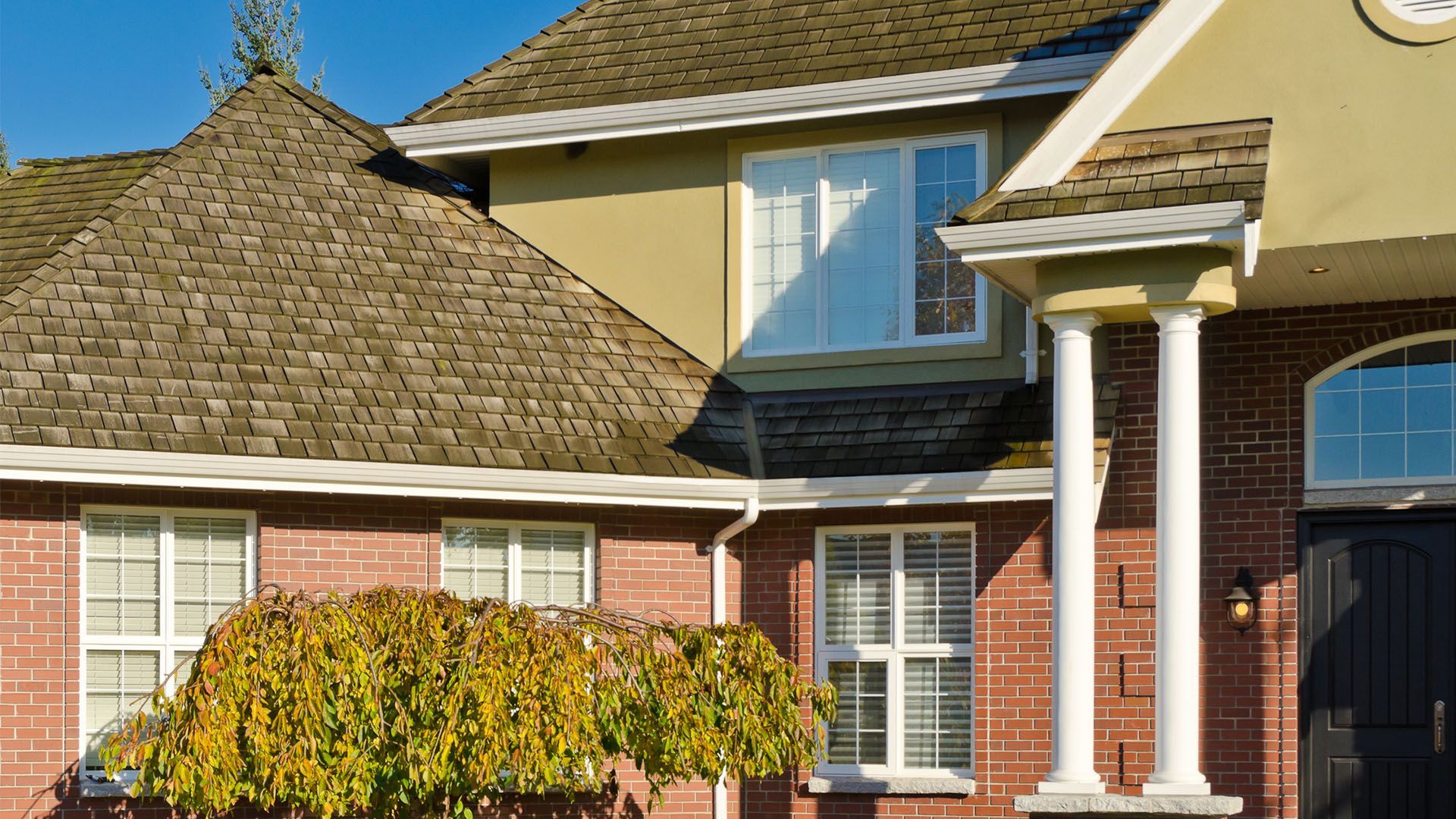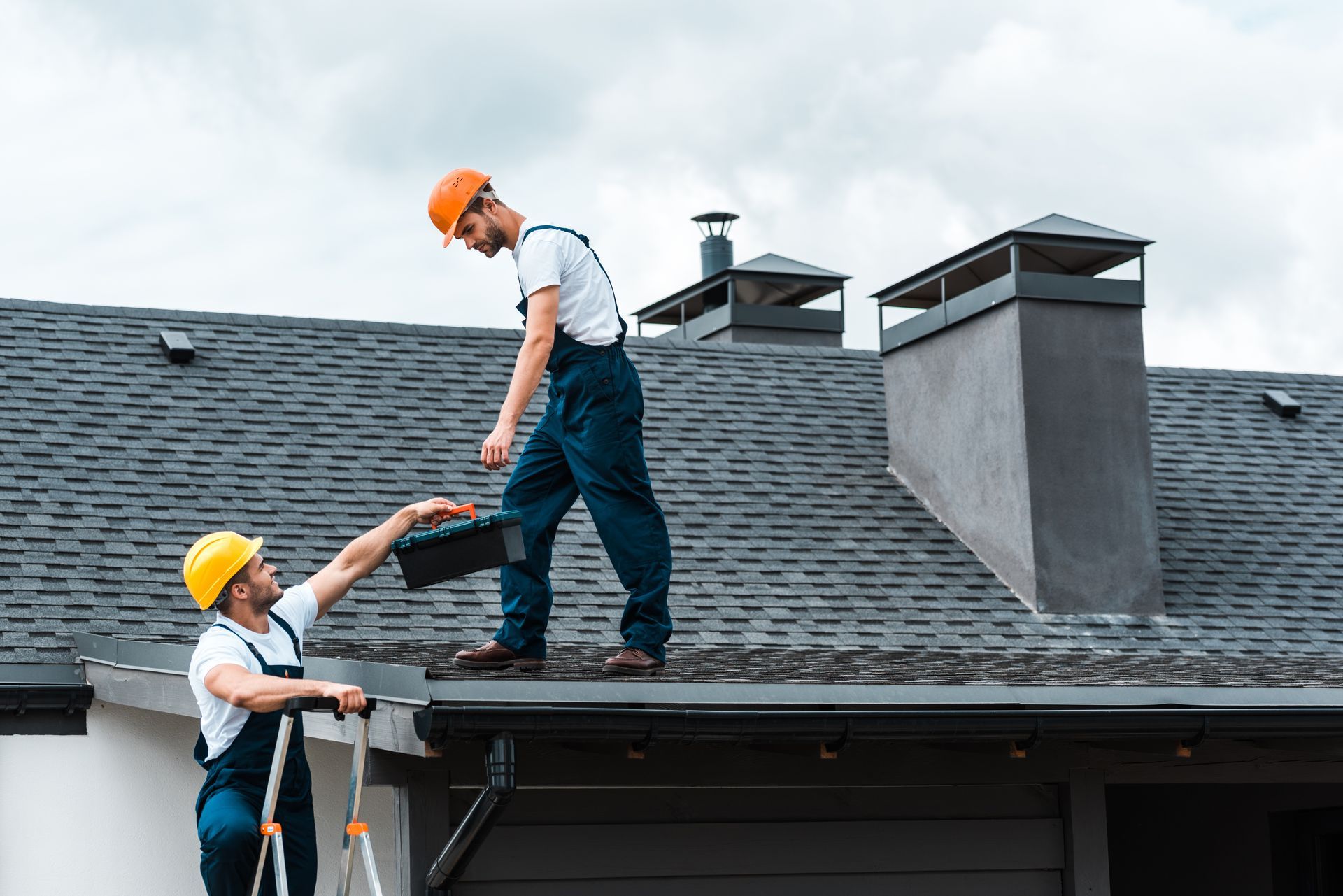The Truth About Installing a New Roof Over Existing Shingles

When it’s time for a roof replacement, homeowners often ask: Is it okay to roof over existing shingles? On the surface, it might seem like a smart way to save time and money—but is it the right choice for your home?
In this post, we’ll break down what it means to install a roof over existing shingles, explore the pros and cons, explain the risks, and help you decide what’s best for your home’s long-term value.
What Does It Mean to Roof Over Existing Shingles?
Roofing over existing shingles, also known as a “nail-over reroof” or “shingle overlay,” is when a new layer of asphalt shingles is installed directly on top of the old ones without tearing off the original roofing.
This method is legal in some areas (depending on local building codes) and is typically allowed only if there is a single existing layer of shingles in good condition.
Why Homeowners Consider Roofing Over Shingles
There are a few reasons homeowners might consider an overlay rather than a full tear-off:
- Cost Savings: Eliminating the labor and disposal costs of removing the old shingles can reduce the overall price of a roof replacement.
- Faster Installation: With less prep work involved, roofing over can save you a day or two on installation time.
- Less Mess: Since there’s no teardown, there’s less debris to haul away, making the process cleaner overall.
However, these benefits often come at a cost—and it’s important to understand the risks.
Risks and Downsides of Roofing Over Existing Shingles
Although an overlay might be appealing initially, there are several serious drawbacks that could lead to major problems down the road.
Hidden Roof Decking Damage
One of the biggest risks of roofing over is that your contractor won’t be able to inspect the decking underneath. If there’s any water damage, rot, or structural weakness, it could go completely unnoticed—and worsen over time.
Added Weight on the Roof
Adding a second layer of shingles significantly increases the weight on your home’s structure. This can stress the decking, especially in older homes not built to handle the extra load.
Ventilation and Heat Issues
Overlaying shingles can limit your roof’s ability to breathe. Trapped heat and moisture can cause shingles to curl or deteriorate faster, and may even lead to mold or insulation problems in your attic.
Uneven Surface
If the existing shingles are curling, cracked, or uneven, the new layer will follow that shape. This can lead to a bumpy appearance and reduce the longevity of the new shingles.
Shorter Roof Lifespan
Even under ideal conditions, a roof overlay typically doesn’t last as long as a full tear-off installation. And because issues are hidden beneath the surface, you could be setting yourself up for costly repairs in a few years.
Impact on Warranty, Insurance, and Building Codes
Before deciding to roof over, it’s critical to consider how this choice could affect warranties, insurance, and code compliance.
- Warranty Concerns: Many manufacturers won’t honor warranties on new shingles installed over an existing layer. That could mean you’re paying full price again if problems arise.
- Building Codes: Most areas allow only two layers of shingles. If your home already has two, a full tear-off is mandatory.
- Insurance Limitations: Some insurance companies may not cover roofs with multiple layers or may offer reduced coverage for damage.
When Is It Acceptable to Roof Over Existing Shingles?
While generally not recommended, there are a few situations where an overlay may be considered:
- The existing shingles are in
excellent condition—flat, undamaged, and properly installed.
- There is only
one layer of shingles in place.
- The decking underneath is confirmed to be structurally sound (often verified through attic inspection).
- Local
building codes allow it.
Still, these conditions are rare, and even in ideal scenarios, a tear-off is usually the safer, longer-lasting option.
Tear-Off vs Roof-Over: Which Is Better for Long-Term Value?
If your goal is a reliable, energy-efficient, and long-lasting roof, a full tear-off is almost always the better investment.
- Durability: A new roof installed on a clean deck adheres better, lasts longer, and performs more reliably.
- Maintenance: You can more easily diagnose and repair leaks or issues without navigating layers.
- Resale Value: Homebuyers often view a roof overlay as a red flag, which can impact your home’s marketability and price.
Overlays might seem like a deal now—but they can cost you far more in future repairs or premature replacements.
Final Recommendation from Roofing Professionals
Most professional roofing contractors strongly recommend against overlaying for a few key reasons:
- You can't inspect the decking.
- The new shingles won’t perform as well.
- Warranties may be voided.
- It reduces the lifespan of your new roof.
The long-term benefits of a tear-off—better protection, full warranty, and peace of mind—typically outweigh the short-term savings.
Schedule a Free Roof Inspection
At Carden Home Improvement, we understand that every home—and every roof—is different. That’s why we offer free roof inspections to help you make an informed decision. Our experienced team will evaluate the condition of your roof, explain your options, and provide honest, transparent recommendations.
And with our
1-day roof replacement guarantee, you won’t have to wait long to get the job done right.
Frequently Asked Questions
Is it a good idea to put new shingles over old shingles?
Roofing over old shingles can save time and money, but it’s generally not recommended. It may hide existing damage, add extra weight, and reduce the lifespan of your new roof.
Is overlaying shingles bad?
Overlaying shingles isn’t inherently bad, but it can lead to ventilation issues, hidden rot, and warranty problems. Most roofing professionals advise against it unless specific conditions are met.
Is it okay to add a second layer of shingles?
In some areas, adding a second layer is legal if the current shingles are in good shape. However, building codes usually allow no more than two layers, and it’s still better to do a full tear-off when possible.
Is it illegal to put shingles over shingles?
It’s not illegal in most states, but local building codes often limit the number of shingle layers. Always check with your town or a licensed roofer to stay compliant.
How much does it cost to put new shingles over old shingles?
Roofing over existing shingles may save you 10–20% compared to a full replacement since there's no tear-off. However, future costs from hidden damage or warranty issues could outweigh the initial savings.


